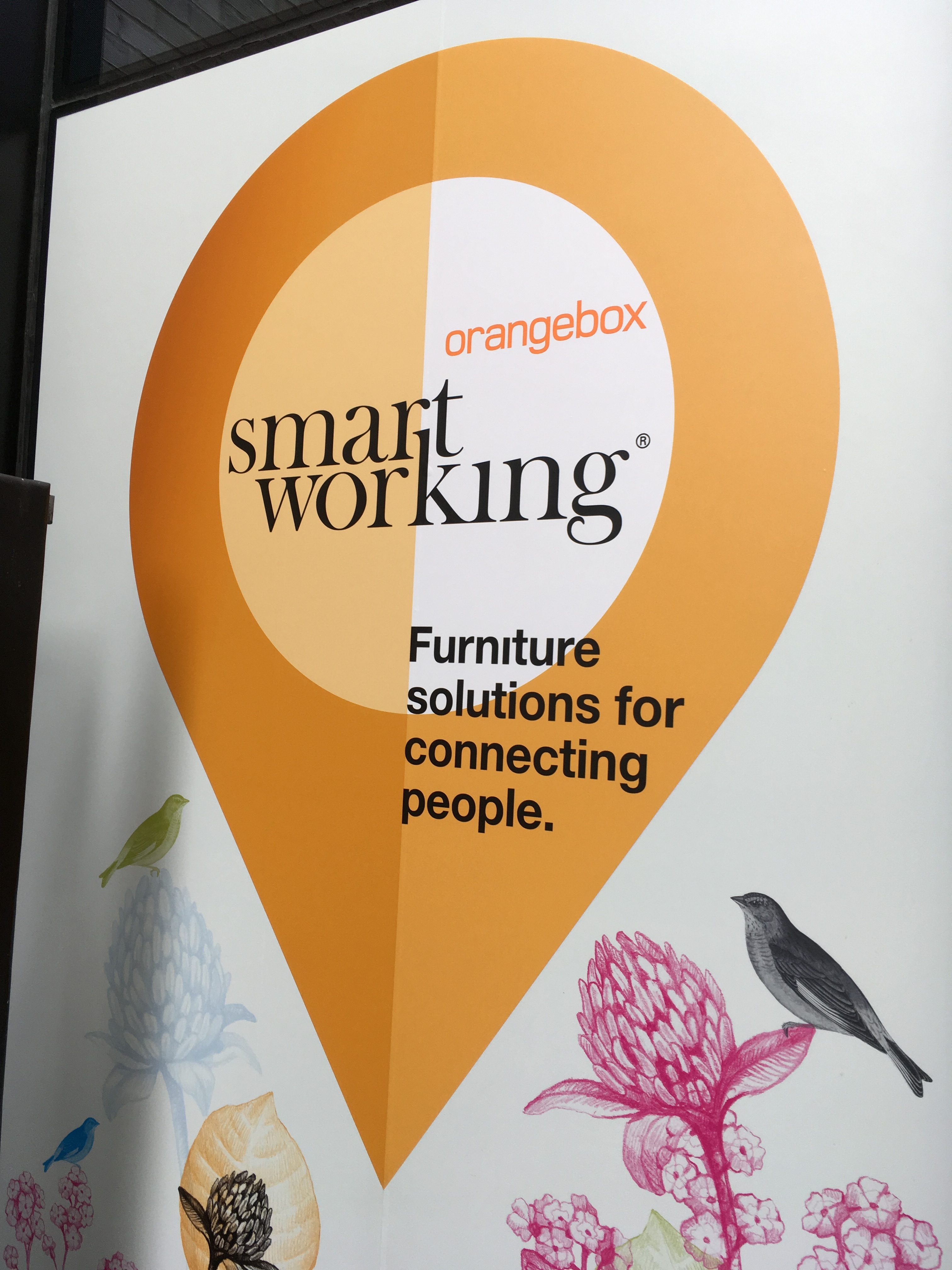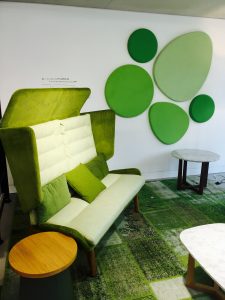On Tuesday I went to a talk entitled ‘A Change in the Making’ presented by Gareth Banks, Design Manager at Orangebox.
http://www.orangebox.com/knowledge/intelligent_design

Firstly, Gareth gave us some context. By 2050, there will be a 10 billion population in the world.
We are witnessing an expansion of the middle class economy, with consumer demand becoming unsustainable.
There are seriuous issues of climate change, pollution, with problems affecting wildlife and biodiversity all of whcih are having a negative impact.
In political terms, there is a UN Framework convention on climate change, but sadly there has been a 150% rise in Co2 emission since the Kyoto Agreement.
So we need to break out of the linear economy, that of take – make – waste.
What we need is called the Circular Economy.
The Circular Economy will have closed cycles of use, run on energy from renewable sources, use materials retained used in cycles, and create products with an extended lifetime.

There are four Drivers of change
1. Industry 4.0, or fourth industrial revolution. http://bit.ly/2qgLE4x Internet of things, led by big industries such as auto, aeronautical, embedded sensors, cloud resources, augmented reality, almost autonomous and agile production, mass customisation, RFID tags controls people and supplies needed for production line, but also our products, such as driverless cars, maybe 20% of vehicles will be automated by 2050. Furniture, with embedded sensors, help manufacturers to understand more about servicing, monitoring utilisation, greater use age records, asset management.
2. How and where, such as Local Motors in USA, open source product design from community of contributors, Rally Fighter built not bought, involve the customers, redistributed manufacturing, with smaller local centres to adapt products and local tastes. Maker movement, enthusiasts with digital tools, 3D printing, Thingiverse, open source sharing platform, such as little gizmos, interesting furniture designs such as jigsaw design seats, also embedded in education system, The Word Library in South Shields access to technology to make your own stuff, Maker Spaces number about 100. Knyttan, knitting designers who have s/w to adapt their designs for fabric/clothes, gives customer a voice, based at Somerset House. https://www.unmade.com
3D printing revolution. Potential mass production, environmental challenges with end of life stuff, not all materials are easy to dissemble and recycle, Biophilic design, 3D printing often suits complexity of some designs, Forma eyewear, glasses tailor made, trainers, Carbon 3D printed soles with adidas trainers in USA, buildings printed from large 3D printers, Foodini! body scanner to create 3D replicator. https://www.naturalmachines.com Prosthetics, dentistry, pre-operative planning, surgeons can make plastic bones for orthopaedic ops. Human tissue, organ transplants, ears, nose, etc.
3. Life cycle extension. Manufacturers need to make furniture last a lot longer. Most last 5 years, must last at least 15 years, through materials to lessen the environmental impact, 4:1 target. Make pieces have longevity. Recycled content increased, product weight to be lessens, components easy for service. Remanufacturing, warranty implications, but change business models to encourage that, especially for public sector, driven more by targets of sustainability, Co2 reduction possible, lessen amount of water used. Buildings can harness energy to run their requirements for heat and light, buildings to harvest energy needs, future proofing buildings, digital technologies use BIM to create construction projects with in built libraries of materials. https://www.autodesk.com/solutions/bim
4. Selling the service, service design, like Facebook. Airbnb,Uber. Blume, new to commercial lighting market, making obsolescence obsolete, LED are cheaper to run and designed for Remanufacturing. A subscription service. Mud Jeans, subscription service closed loop system, Bundles, washing machine on subscription and connected to Internet.



Sounds like this must have been a fascinating talk, James.
Did it spark any particular thoughts for the implications of the circular economy for universities, and particularly in terms of learning spaces? Probably to lot of thread to tie together, I’d think!
My notes on point 3. above relate directly to learning spaces Dom, i.e. furniture design and manufacture